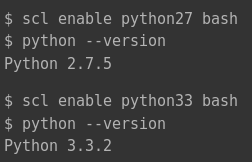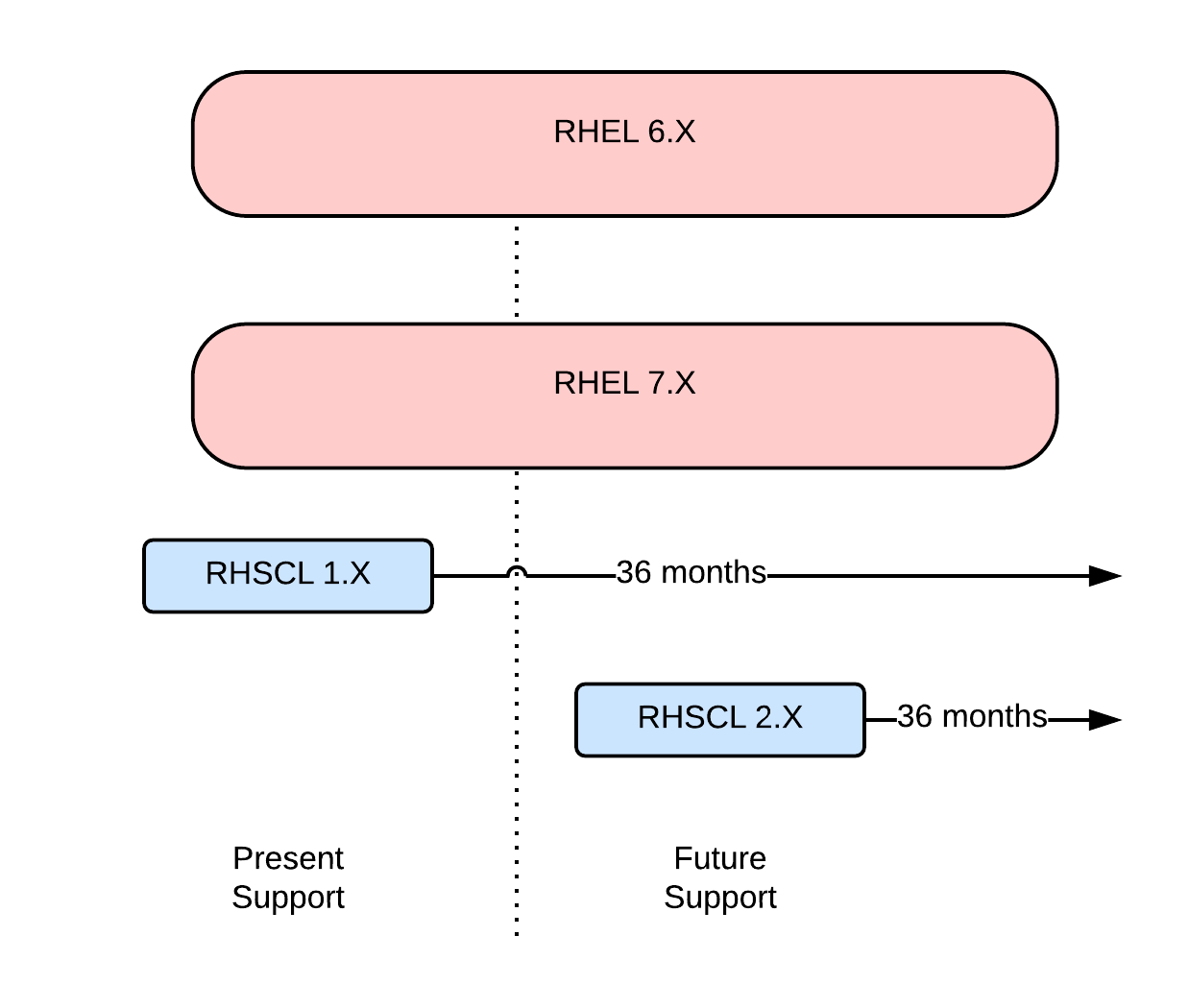Background
Red Hat Software Collections 1.2 was recently released and with it, comes a different message to developers on Red Hat Enterprise Linux and CentOS. Unless you need 10 years of support for your application stack (MySQL, PHP, Ruby, Rails), use Red Hat Software Collections (RHSCL). RHSCL provides developers with the latest version of tools so that developers can get things done!
Industry Trends
Gartner has developed the Pace-Layered Development model to describe different kinds of software development. Within this model, it is popular to purchase ISV software when building Systems of Record and sometimes even Systems of Differentiation. Think of software such as SAP, SAS, Hortonworks, or even Cloudera in this space. ISV software follows a regular release cadence and align well with Red Hat Enterprise Linux’s release cycle and methodology of backporting.
At the other end of the spectrum, custom built software is quite popular when building Systems of Innovation and Systems of Differentiation. Systems of Differentiation might be described as custom software that often focus on generating top line revenue for a company. Think marketing sites, new products, or mobile development. In this space Ubuntu, and other distributions have become quite popular because the focus is on features over stability since the software system being developed will likely change thousands of times over a 12 month period.
This is where Red Hat Software Collections comes in….
The Message
Deploying your application with Software Collections (RHSCL) is awesome because:
- RHSCL provides access to the latest versions of Ruby, Python, PHP, Nginx, Apache Httpd, and other software
- The RHSCL team understands that features and stability are important
- RHSCL is on a six month release cadence
- The list of supported software is growing
- RHSCL has an 36 month lifecycle for most collections. DTS, Git, Maven, and thermostat are 2 years.
- RHSCL makes it easy to upgrade the OS
How it Works
Historically, if a developer wanted PHP and MySQL on Red Hat Enterprise Linux, their options were limited. They could use the version that comes with the operating system, or build it themselves. Using the the version that comes with the operating system, would mean that it was older and older throughout the Red Hat Enterprise Linux lifecycle, which is ten years. Building from scratch meant that all compiling and patching had to be managed by the operations team. Neither of these is particularly desirable for developers.
RHSCL is meant to provide developers with a better alternative. RHSCL has major and minor version numbers and spans at least one major version of the OS. Per the example below, RHSCL 1.X is supported on RHEL6 and RHEL7 and will be supported for up to 36 months.
New minor versions of RHSCL are targeted to be released once or twice a year. With each new minor release of SCL, major versions of components, such as Ruby, may be added. Also, minor versions of components may be upgraded. For example, between RHSCL 1.0 and RHCSL 1.2, Ruby 2.0 was added and between RHSCL 1.1 and RHSCL 1.2, Nginx 1.4.4 was upgraded to Nginx 1.6.1.
What’s New with RHSCL 1.2
- Red Hat Developer Toolset is now part of Software Collections
- DevAsistant 0.9 has been added. DevAssistant is a tool designed to assist developers with creating and setting up basic projects in various programming languages.
- Git 1.9 has been added.
- Maven 3.0 has been added
Conclusion
Red Hat Software Collections provides developers with newer versions of tools that they want, while relieving operations staff from having to compile support all of the packages themselves. If you haven’t checked out RHSCL, give it a try.



Very interesting article, very informative for me. Thanks.
Software industry is keep on changing. Amazing insights shared on Industry trends and Red hat software.Keep up the good work. was very valuable insight as a developer working in software field for me.